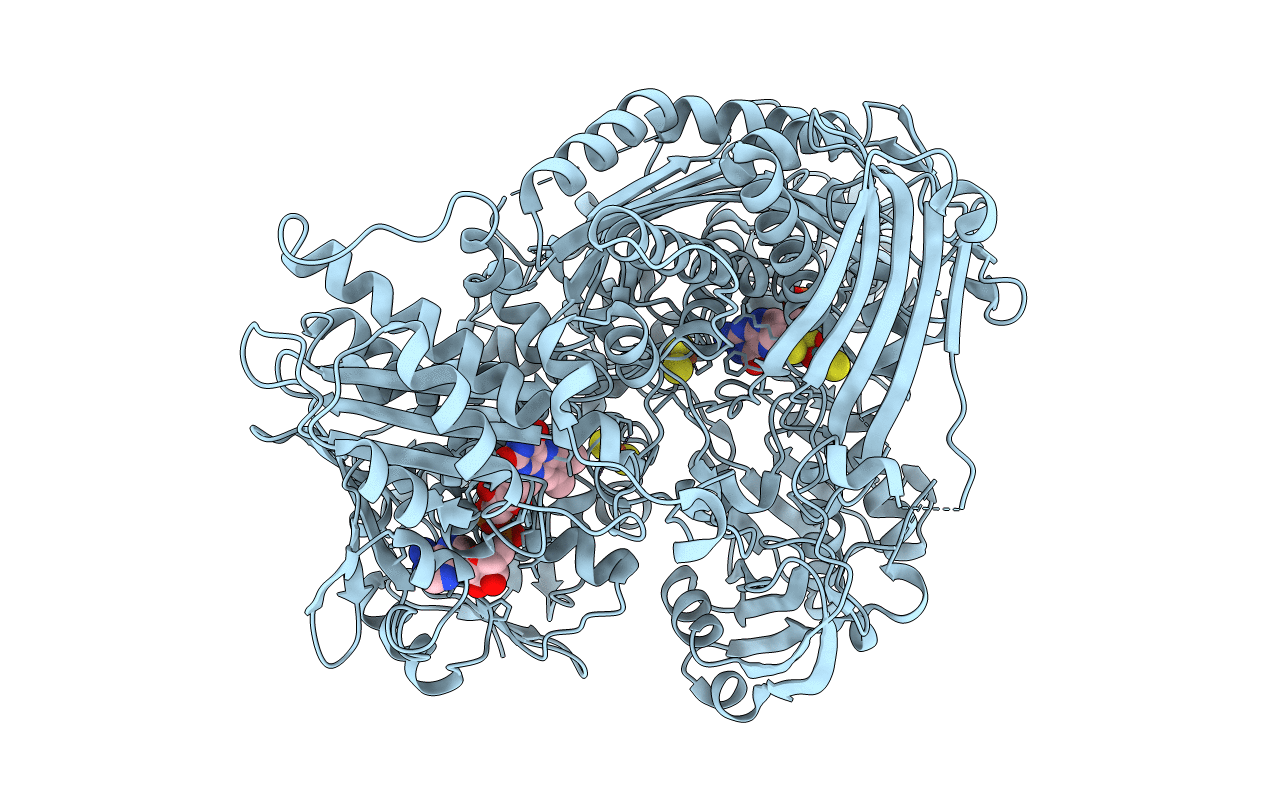
Deposition Date
2015-11-11
Release Date
2016-02-17
Last Version Date
2024-01-10
Method Details:
Experimental Method:
Resolution:
3.39 Å
R-Value Free:
0.25
R-Value Work:
0.16
R-Value Observed:
0.16
Space Group:
P 42 21 2


